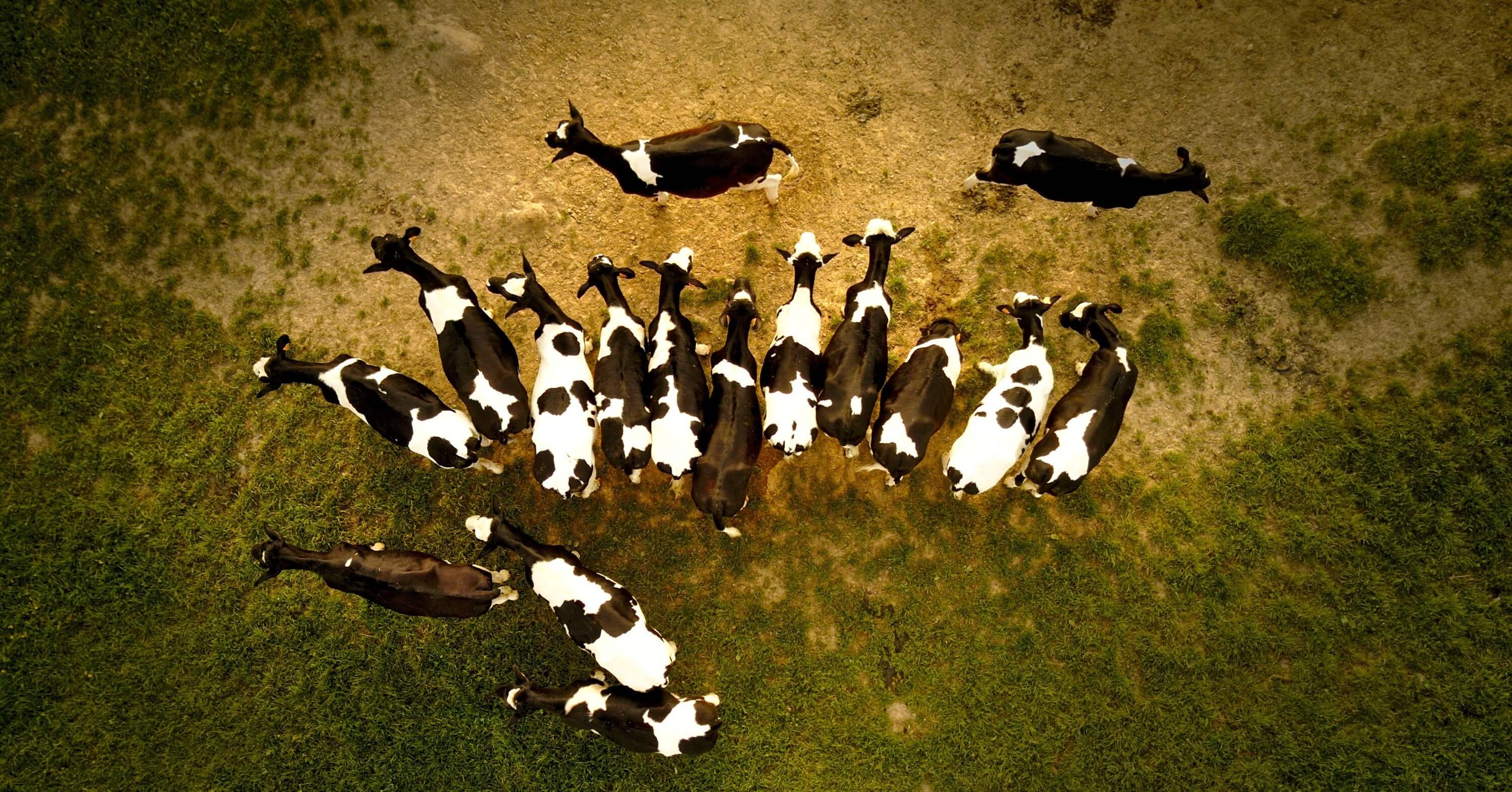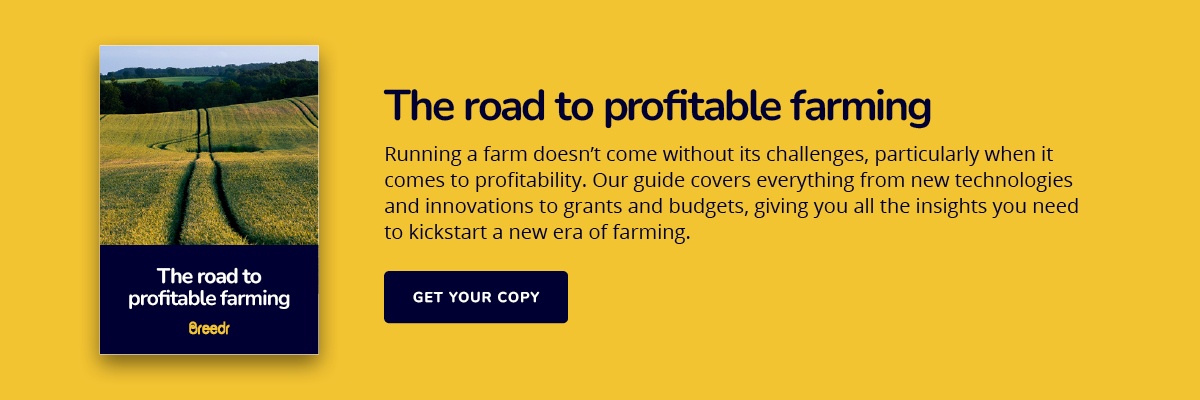Is drone farming the future of agriculture?

Drone farming — it’s a controversial topic that’s gaining traction in the agricultural industry. With the ability to monitor and map forms, assess crops and ensure livestock wellbeing, drones have the potential to revolutionise farming as you know it.
The market for agricultural drones (or UAVs) is predicted to reach over £5 billion by 2026, with no signs of slowing down. Want to learn more about drone farming? Keep reading.
What is drone farming?
Drone farming is often part of the wider strategy of precision farming, a method that allows you to make better-informed farming decisions. Drones have a variety of use cases within farming — which we’ll discuss later in this article — primarily because they save you time, gather data and offer insights into the productivity, health and profitability of your farm.
Drones used in farming have sensors that can help you monitor your crops and livestock, assess and extract soil data and even offer real-time updates. In short, drones gather important data that can be used to monitor, plan and manage your farm more effectively, saving time and money simultaneously.
Common uses of drones in farming
If your farm predominantly grows crops, then there’s a chance you’re already well-versed in the benefits of drones for precision crop farming as it’s been the primary focus up until now. However, there are additional use cases of drones for you to explore. These include but aren’t limited to:
-
Mapping and surveying - Using GPS, drones can create 3D maps and survey land and crops so you can accurately view your farm.
-
Livestock management - Monitor and manage your herd.
-
Crop monitoring and spraying - Keep an eye on your crops and spray large areas quickly.
-
Soil analysis - Gather data on the quality of your soil and, as a result, the health of your crops.
-
Irrigation - Drones use thermal sensors to determine which farmland areas need more or less water.
-
Improving sustainability - Fewer emissions than traditional machinery and greater accuracy.
Drones for cattle: A new use on the horizon
Farmers are increasingly harnessing the power of drones to help monitor and assess their livestock. No matter the size of your herd or the land you farm, monitoring your cattle's health and wellbeing can take time and effort. That’s where drones come in.
Drones can cover and assess large areas quickly. Most agricultural drones are fitted with high-tech sensors, cameras and GPS capabilities that can monitor cattle movement and health, perform counts, herd animals and look for stray livestock. These sensors allow for greater accuracy than the human eye and instincts alone.
A drone’s activity can then be translated into data, a driving force in modern farming. This data can help you plan, make better-informed decisions and ensure your farm's productivity, efficiency and safety.
So what’s the result? Automation of time-consuming tasks — you can better spend your time elsewhere. Greater accuracy — reduced risk. More efficiency and productivity — fewer costs. Drones can save you time and money while increasing productivity, efficiency and, ultimately, profitability.
Will drone farming take off in the future?
As the digital revolution continues, the need for sustainability grows and farmers are tasked with doing more with less. Drones can be a wise investment for your farm.
As time progresses and more farmers invest, the quality and performance of drones will increase. There’s already talk of pairing drones with AI software to automatically analyse the data they gather, saving you another task and making better use of your time.
But as with any new technology, there are often limitations to consider. Perhaps the biggest issue is resistance to change. As is often the case with new technologies, there are few past experiences and general knowledge about drones.
In addition, although drones ensure a high level of accuracy, they aren’t guaranteed to give exact results every time, so they may still require human intervention. Finally, drones are expensive, meaning they won’t be accessible to all farmers.
Even though these limitations exist, it's possible to say the benefits far outweigh the risks.
Profitability matters
We know that profitability will be one of your main priorities. For more information, insights and articles, head to our profitability page where you can find out all the latest.





